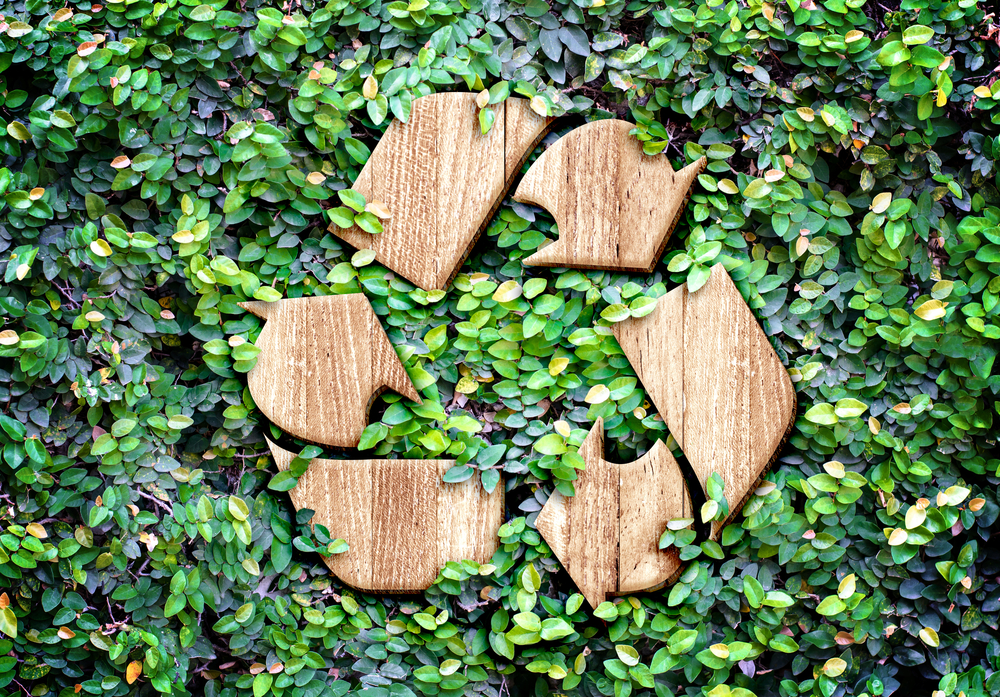There has been a lot of buzz around newsjacking, a content marketing tactic in which brands capitalize on breaking news and trends to craft timely blogs and assets. Although newsjacking helps drive clicks and social word-of-mouth, it takes far more to craft a sustainable and successful marketing strategy. Perhaps the most critical component of a successful plan is evergreen content.
In the simplest terms, evergreen content is content that has no expiration date and highlights your organization’s unique knowledge and expertise. These assets aren’t tied to a new product release or update, and they don’t include any elements that may age out in six to 12 months. (Assets that have a lot of research data are a prime example of content that will age out relatively quickly.)
Why do you need evergreen content? Because it can act as an anchor in your content library. You only have so much budget for each quarter or fiscal year, so you need to ensure you’re making smart decisions. A solid library of evergreen content is a great way to penny-pinch. You can reuse these foundational, thought-leadership-based assets in conjunction with your new, more timely pieces, which will ultimately give you a greater return on your investments.
What are the characteristics of a successful evergreen asset? There is no silver bullet for creating the best evergreen content, but there are a few common qualities:
- They focus on a relatively broad topic, such as blogging best practices and ways to win buy-in for new system upgrades.
- They’re sometimes “how to” or best-practices based. However, it really depends on the topic you’re focusing on. If it’s a topic that won’t change or evolve over the next five or 10 years, you’re good to go. Be honest with this exercise, though. You don’t want to promise that an asset will deliver a lot of long-term value and find that it needs a big facelift next year.
- They’re SEO-friendly. No, that doesn’t mean you jam as many keywords in your E-book as possible. Because these assets focus primarily on your brand’s knowledge and thought leadership, they will organically have a lot of the search terms and keywords integral to your website and product pages. Most of all, assets should include keywords that your buyers will use while searching for articles and content on the topic you’re writing about.
- They can be reused in a lot of ways. When developed well, evergreen content can be reused in campaigns a year (or more!) from its original publish date. But the best part about evergreen content is that it can be broken down, repurposed and even reversioned for different audiences or knowledge levels. Let’s use the blogging best practices concept from point one. In addition to that broad, foundational asset, a company can break it down into modular briefs for specific industries, such as retail, financial services and healthcare. Although the crux of the content is the same, someone would just need to update some of the headlines and copy to be more industry-specific. Instead of starting from scratch, you simply use what you have. Ultimately, this means it will take less time, money and effort to get a new asset up and running.
All B2B brands need to stay in tune with the latest news and trends in their target audience’s industry. This proves that they have knowledge and expertise in the topics that are most pressing. However, having a strong library of evergreen content is the best way to educate buyers on foundational concepts while maximizing your content reach and ROI.
How does your company split its time and budget between evergreen content and assets focused on more timely trends and product releases? I’d love to hear more about your strategy and any success stories in the comments section below!



